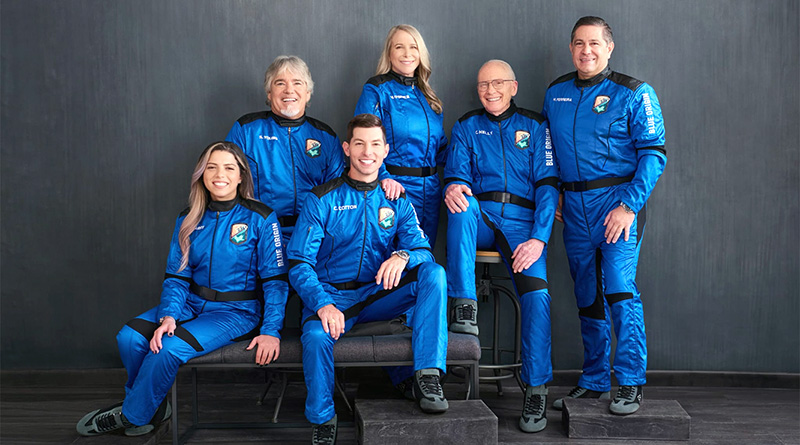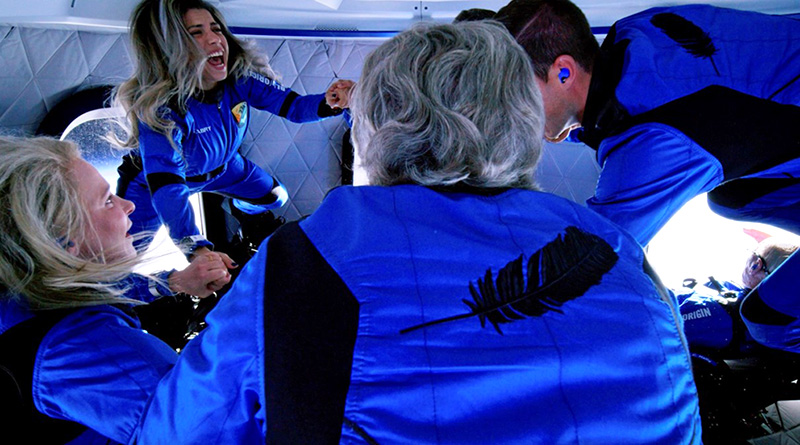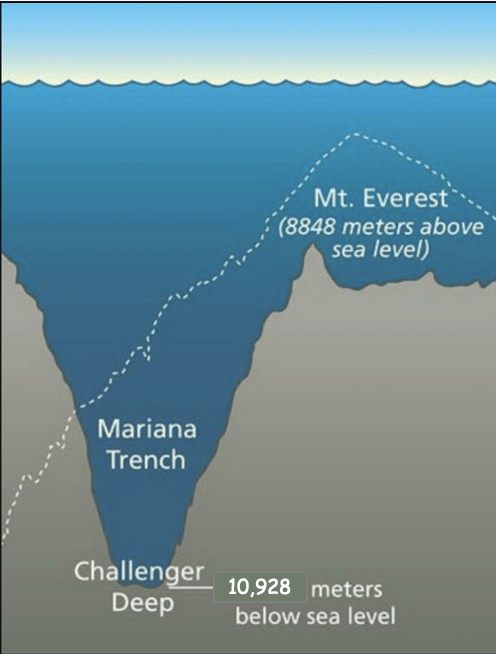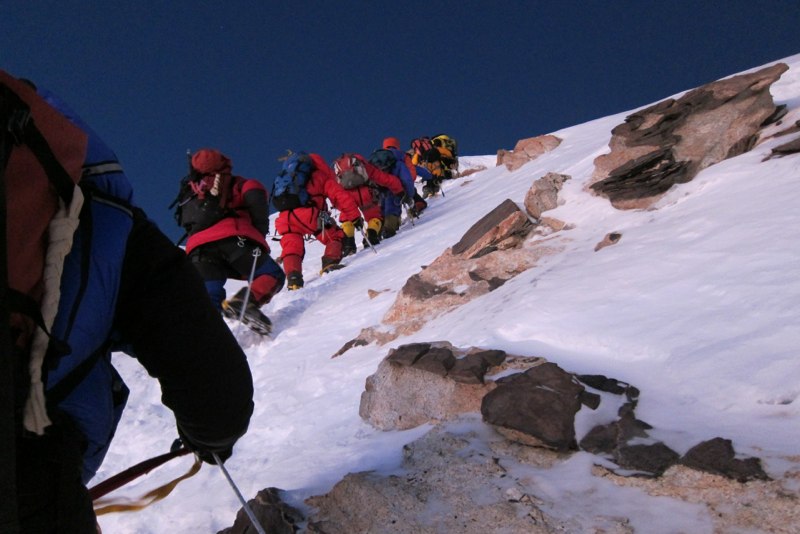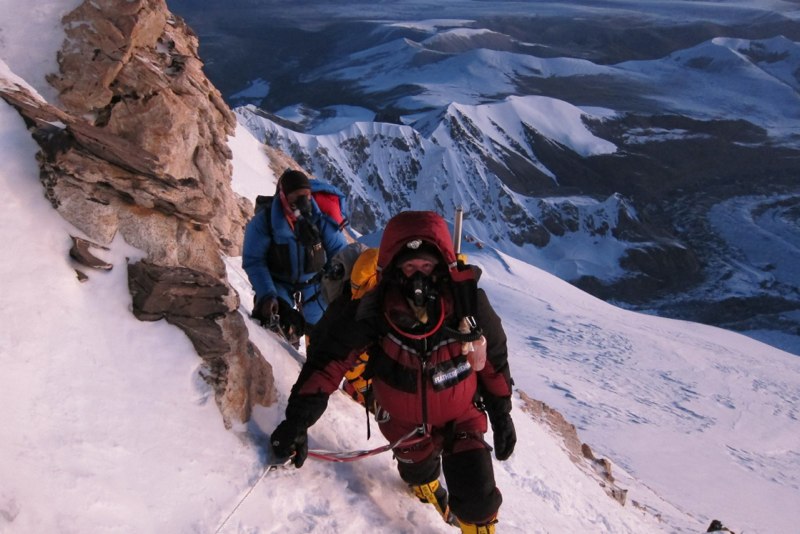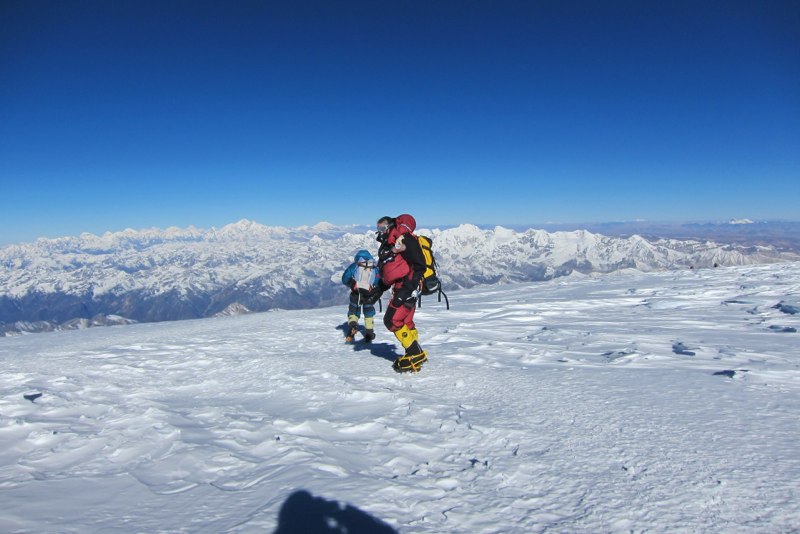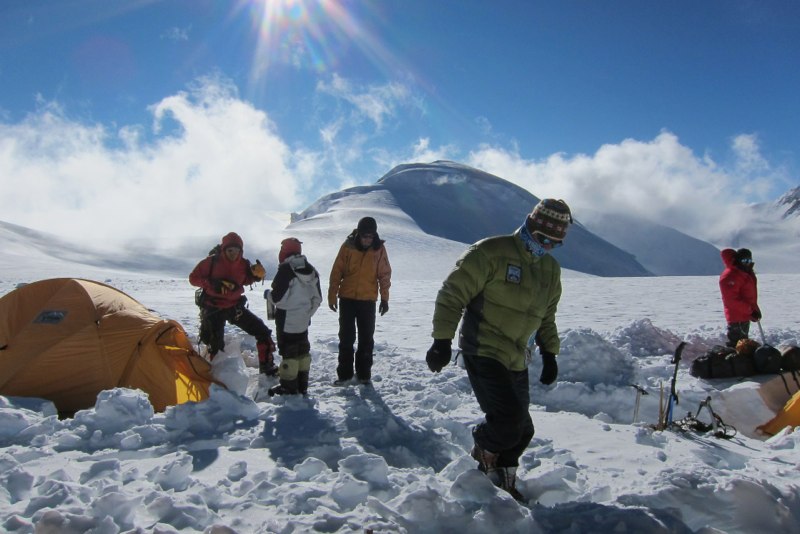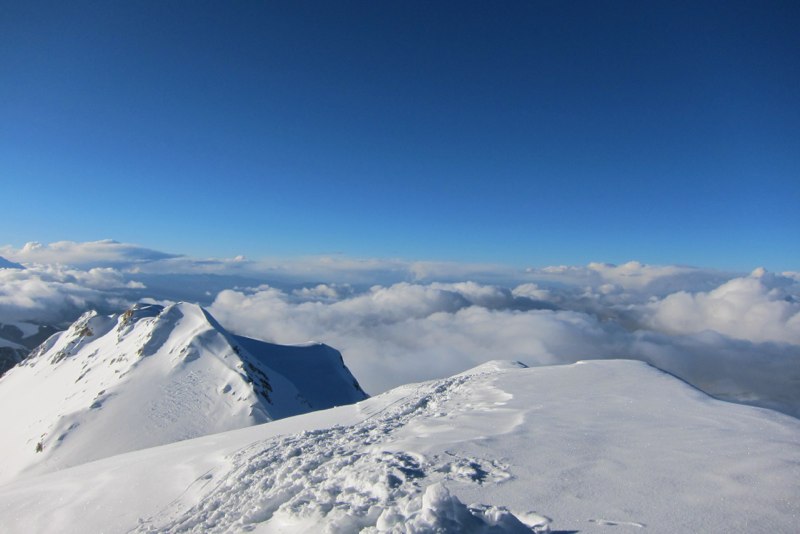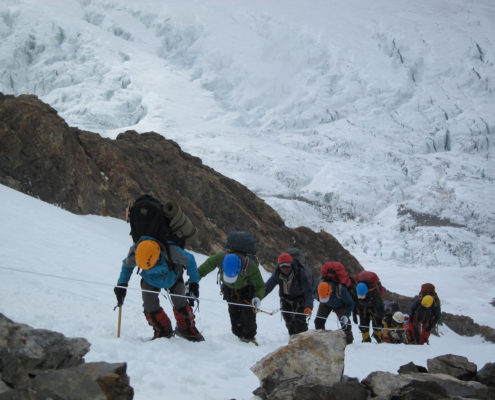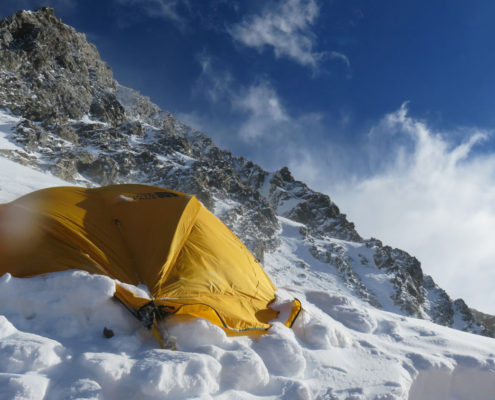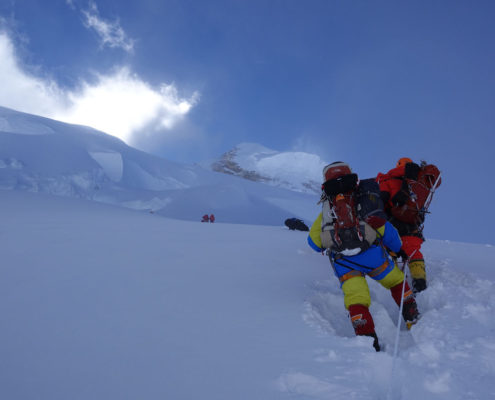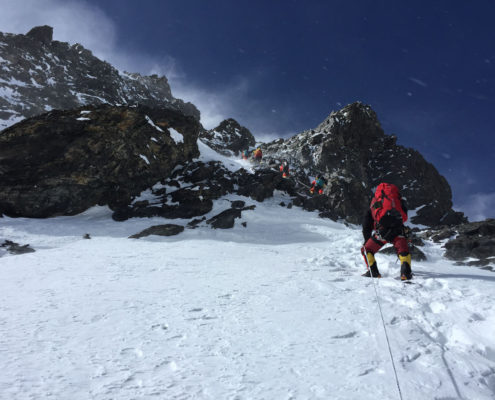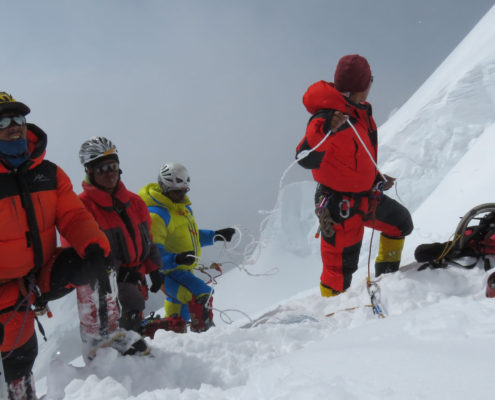Vanessa has an incredible six Guinness World Records: 2x First, Fastest, Deepest, Farthest and Oldest. Vanessa became the first woman to reach extremes on land, sea, and air after Blue Origin’s NS-22 passed the Kármán line into suborbital space to reach an apogee of 351,232 feet (107km) on August 4, 2022.
Vanessa was also the first woman to reach earth’s highest point (Mt. Everest 8,848m) on May 19, 2012 and lowest point (Challenger Deep 10,925m) on June 12, 2020.
She was the FIRST American woman and the FIRST British woman to climb K2 (as a result of her dual nationality) leading a team of 12 members to the summit and back and the oldest woman to summit at the age of 52, the FASTEST to climb the Seven Summits in 295 days, and the FIRST to complete the Explorers Grand Slam which includes the Seven Summits plus skiing a minimum of the last degree (60 nautical miles or 111 km) to the North Pole and South Pole in 11 months (and one of only 8 women in the world to do so). Vanessa has summited five 8,000 Meter Peaks including Mt. Everest with two of those summits eight days apart and run the Boston Marathon.
Blue Origin’s NS-22 Mission
 On August 4, 2022, Vanessa O’Brien was one of six crew on Blue Origin’s NS-22, passing the Kármán line into outer space and reaching an apogee of 351,232 feet MSL (107 km). Her max ascent velocity hit 3,603 km/h, while on descent, she felt 5.2 g-forces before parachutes were deployed to slow down the crew capsule for landing.
On August 4, 2022, Vanessa O’Brien was one of six crew on Blue Origin’s NS-22, passing the Kármán line into outer space and reaching an apogee of 351,232 feet MSL (107 km). Her max ascent velocity hit 3,603 km/h, while on descent, she felt 5.2 g-forces before parachutes were deployed to slow down the crew capsule for landing.
This was Blue Origin’s sixth flight carrying human passengers. Joining Vanessa O’Brien were Coby Cotton, Mário Ferreira, Clint Kelly III, Sara Sabry, and Steve Young.
Challenger Deep
Challenger Deep is at the bottom of the Mariana Trench. Vanessa became the first woman to reach Earth’s highest and lowest points after completing her dive to Challenger Deep on June 12, 2020. She is the first woman (Mission Specialist) to complete any significant bottom time – spending 3 hours mapping the Eastern Pool of Challenger Deep with submersible pilot Victor Vescovo in partnership with NOAA.
The Mariana Trench is not only deep, it is long, too. It’s 5 x the length of the Grand Canyon or 1,580 miles long (2543 km). At only 43 miles wide (70km), it is also narrow. At the very bottom of the Mariana Trench is Challenger Deep, which is the lowest point on the Earth’s crust.
To understand just how deep that is, let’s compare Mt. Everest at 29,029 feet (8,848 m) above sea level to Challenger Deep. Here we find Challenger Deep is 6,824 feet (2,080 m) deeper than Everest is tall. If Everest were put into Challenger Deep, it would still be over a mile underwater.
Everest
From World Atlas: “Located in the northern part of the Indian subcontinent in Asia, the Himalayas is a long mountain range that forms a formidable barrier between the Tibetan Plateau and the alluvial plains of the Indian subcontinent. Mt. Everest, the world’s highest peak, is located in the Mahalangur Himal subrange of the Himalayas. It lies on the boundary between the Tibet Autonomous Region of China and Nepal. Rising to an elevation of 8,848.86m, Mt. Everest is the most prominent peak among the Seven Summits of the World.”
“Men wanted for hazardous journey to the South Pole. Small wages, bitter cold, long months of complete darkness, constant danger. Safe return doubtful. Honor and recognition in case of success.”
– Ernest Shackleton
The “Eight Thousanders”
There are fourteen 8,000 meter peaks (> 26,000 feet) in the world. They all reside in the Himalayas with borders between Nepal, Tibet and Pakistan. One of the 8,000 meter peaks I climbed, Cho Oyu (“Turquoise Goddess” in Tibetan), is the sixth highest mountain in the world at 8,201 meters (26,906 ft) above sea level. The final 8,000 meter peak I climbed, Shishapangma, is the fourteenth-highest mountain in the world and, at 8,013 m (26,289 ft)
Explorers Grand Slam Website
The Explorers Grand Slam or Adventurers Grand Slam is an adventurers challenge to reach the North Pole, the South Pole and all of the Seven Summits. The North Pole is defined as the point in the Northern Hemisphere where the Earth’s axis of rotation meets its surface. The South Pole, situated in Antarctica, is the southernmost point on the surface of the Earth and lies on the opposite side of the Earth from the North Pole. The Seven Summits are defined as the highest mountain peaks of each of the seven continents.
The official Explorers Grand Slam website was designed to bring together all participants who have completed the Explorers Grand Slam.

